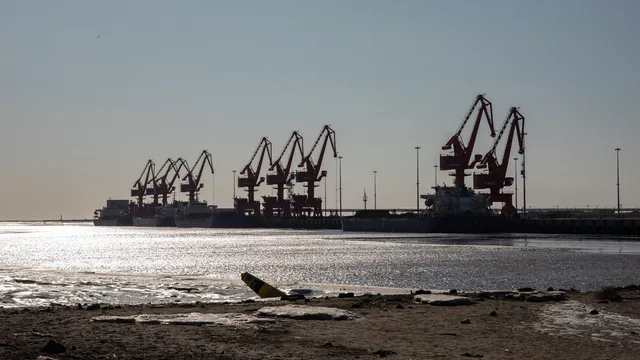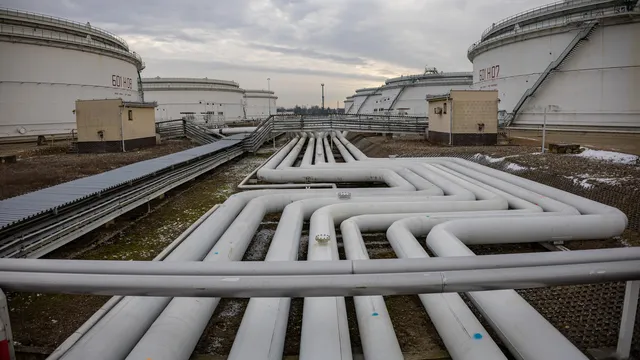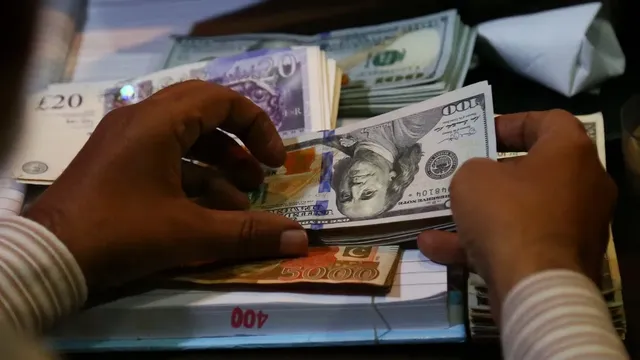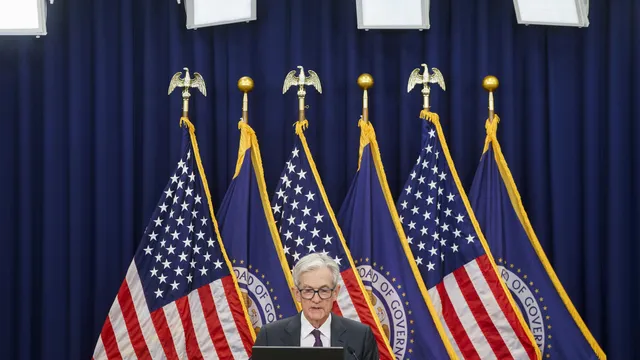Crude oil prices fell to a multi-year low following OPEC+'s decision to accelerate production increases in June. During the Asian session on May 5, Brent futures tumbled as much as 4.6% to $58.50 a barrel, while West Texas Intermediate futures fell nearly 5% to $55.53 a barrel at one point, both the lowest since February 2021, Euronews reported.
On May 3, the eight OPEC+ members agreed to increase output by 411,000 barrels per day next month, extending the group's current plan to end production cuts that began in April. The cumulative increase will reach 957,000 bpd in June, further weighing on prices already under pressure from deteriorating global trading conditions.
The group, which accounts for about 40 percent of global oil supply, will jointly cut output by an estimated 2.2 million barrels a day in 2023. The faster-than-expected production phase-down began with a 135,000 bpd increase in April, tripling to 411,000 bpd in May. The acceleration is seen as a punitive measure against members that have failed to meet agreed production quotas, with Kazakhstan and Iraq identified as the latest over-producers.
"The gradual increase may be suspended or cancelled depending on the evolution of market conditions. This flexibility will allow the group to continue to support oil market stability," OPEC+ said in a statement on 3 May. "The eight OPEC+ countries also noted that this measure will provide an opportunity for participating countries to accelerate their compensation."
The next meeting of the group is scheduled for June 1.
Crude oil prices have been falling all year, with a decline of more than 20% since mid-January. The decline is due in part to U.S. President Donald Trump's pro-drilling stance, an escalating global trade war and rising tensions between the U.S. and China. The downward trend intensified after Trump announced sweeping reciprocal tariffs in early April. Increased OPEC+ output contributed to bearish sentiment in fossil fuel markets. | BGNES

 Breaking news
Breaking news
 Europe
Europe
 Bulgaria
Bulgaria







